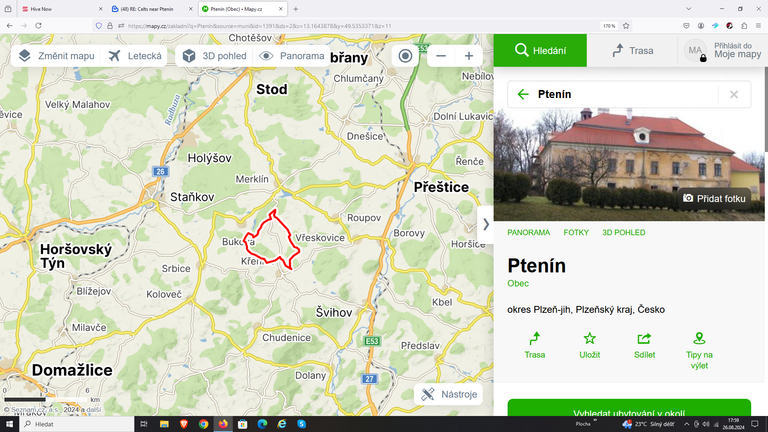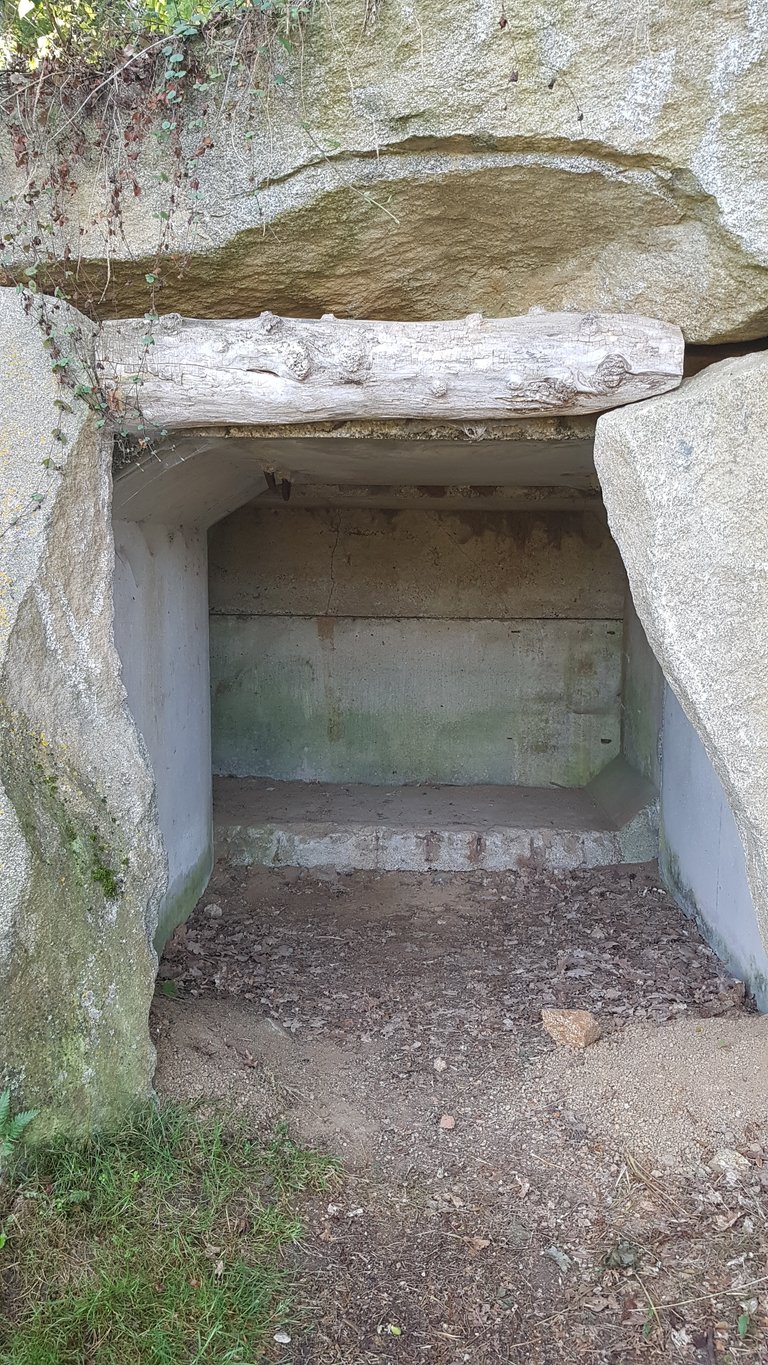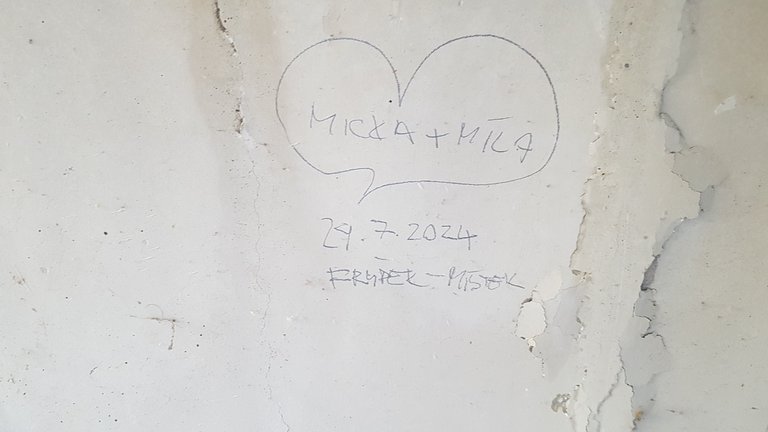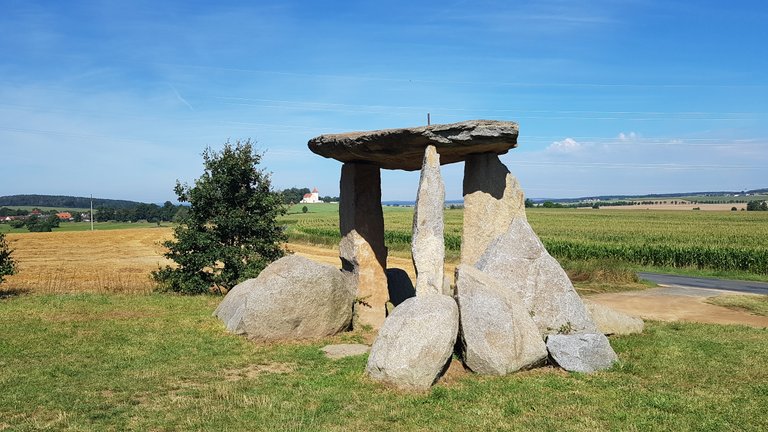
The Celts (Gauls) really lived in the Czech Republic between about 400 and 1 BC. Our country was named Boiohemia, Bohemia after one of the Celtic tribes, the Boii.
The ending -hem/-ham means home in the Celtic language. (Home, Birmingham, Mannheim for example).
The ending -hem/-ham meant home in the Celtic language. (Home, Birmingham, Mannheim for example).
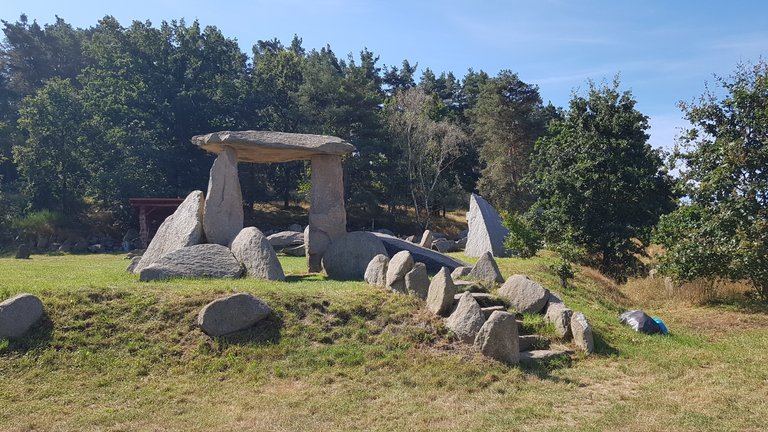
The photos were taken in the village of Ptenin, about 30 km from the German border, or from the Bavarian border. Bavaria - Boioavaria. It means the place where the Boii came.
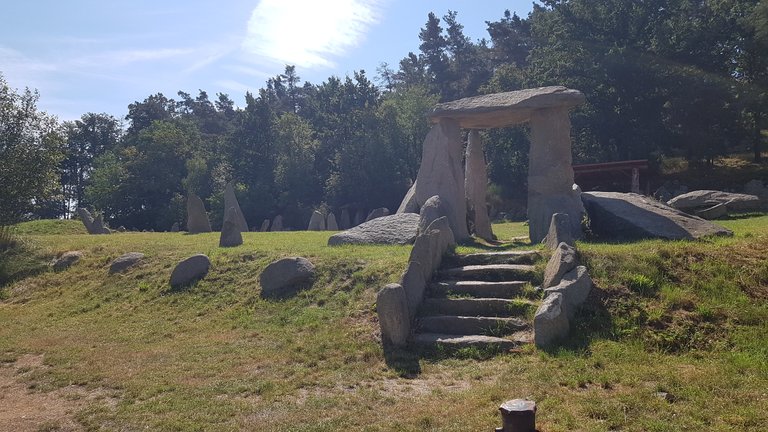
The photos were taken in the village of Ptenin, about 30 km from the German border, or from the Bavarian border. Bavaria - Boioavaria. It means the place where the Boii came.
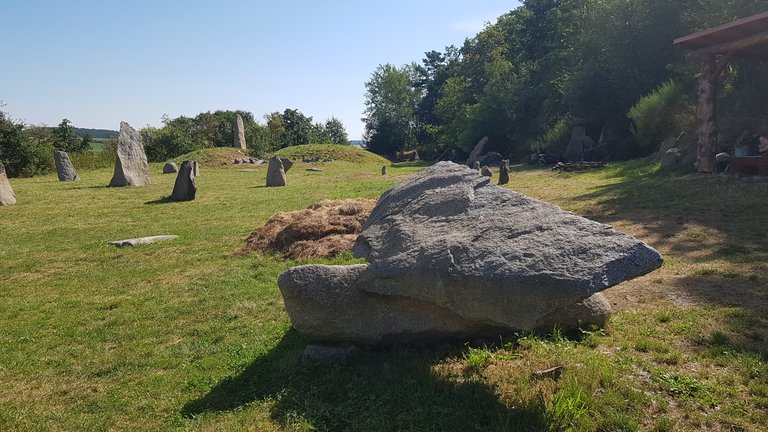
I had some errands to run nearby. I had a little time left. I looked at the map and this place caught my eye. My family's from here. How come I don't know anything about these piles of menhirs, dolmens and cromlechs?
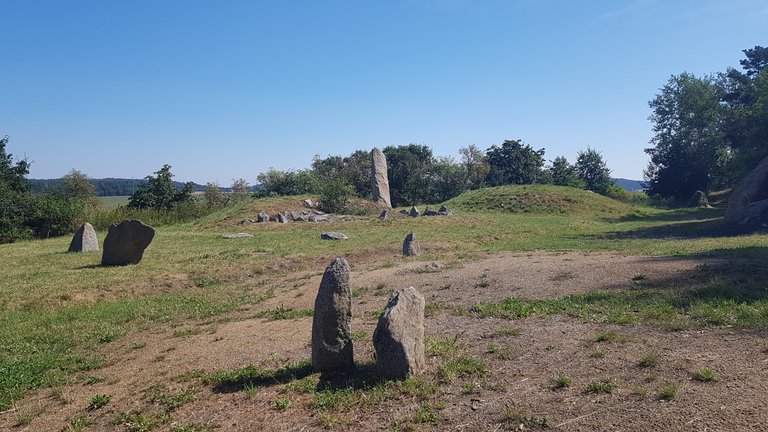
I don't want to mystify anyone. Of course, these are not ancient monuments. According to the guidebook, three friends have been "playing" here for the last few years with heavy equipment and lots of rocks from the surrounding area. And these people got the idea to build "something Celtic".
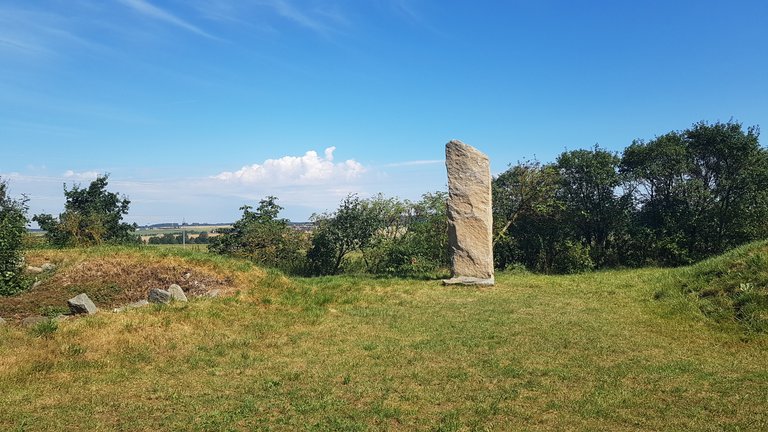
If these were actual Celtic monuments, I'd probably be pushing my way through the crowds of tourists. Now I've seen two tourists.
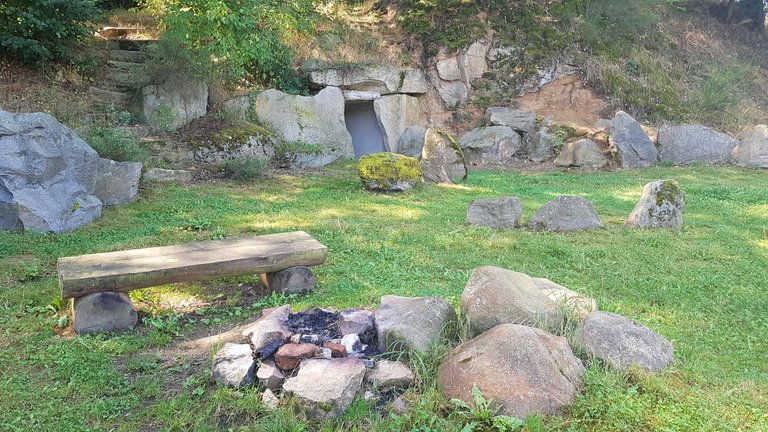
I don't think the place is less photogenic or less interesting because it's new. Maybe the opposite. Why a cave? Probably the perfect place to sacrifice to the earth gods.
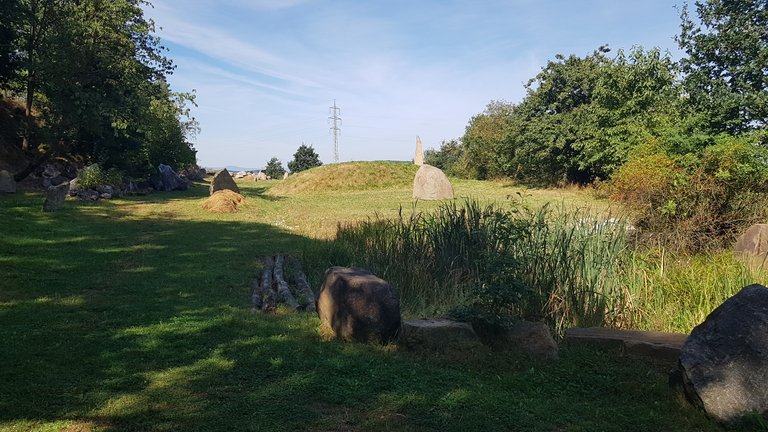
When I was young, I wanted to be an archaeologist. It didn't work out. But if I wanted to study graves, I also wanted to be able to make graves. And indeed, I did manage to help a gravedigger dig a grave once. Interesting experience.
And if I wanted to explore shrines and sacred places, it probably wouldn't be useless to try to build them myself. Or at least see why and how someone else built them.
Swamp. A damp place. Could it be where sacrifices are made to the gods of the underworld?
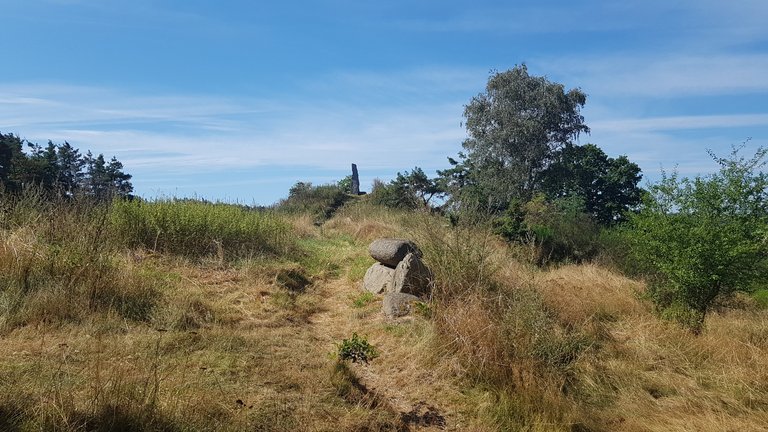
What could it be? A guard post for the entire sacrifice site?
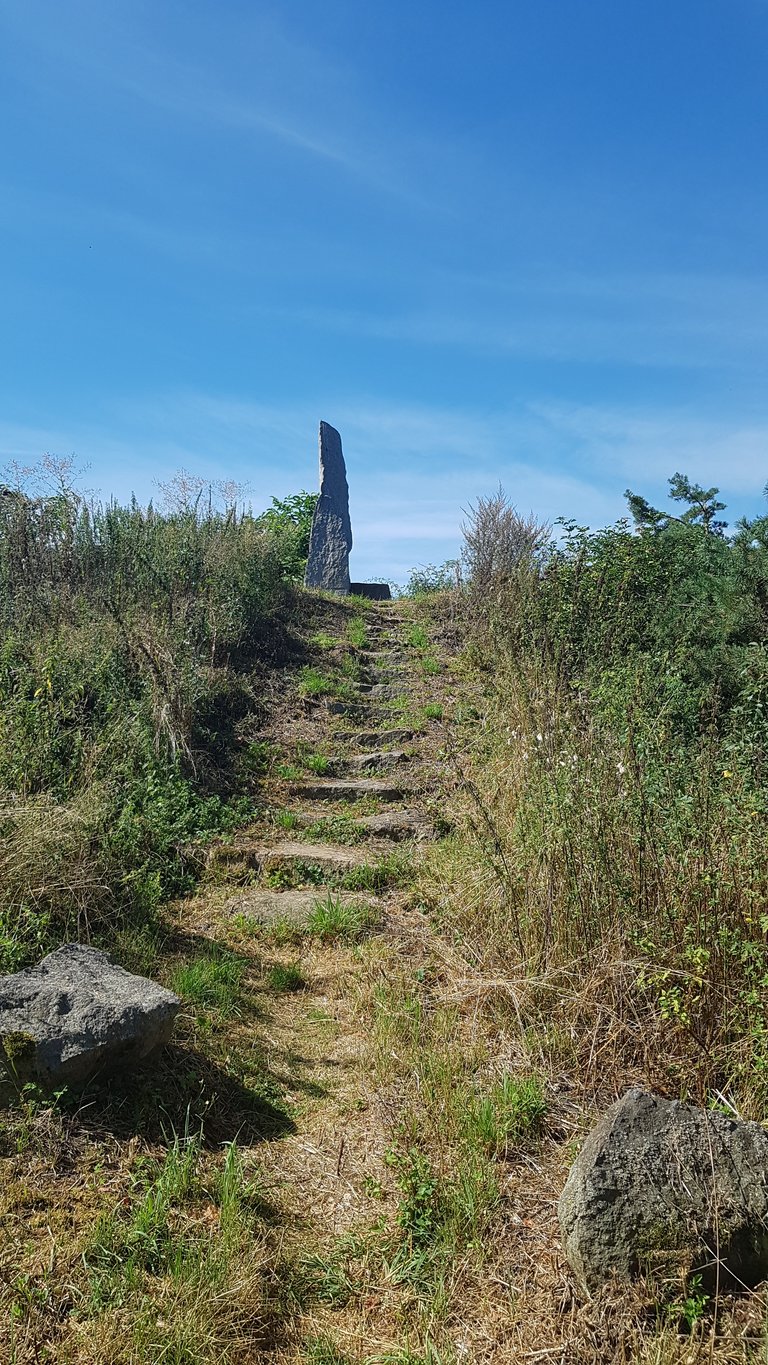
Oh, no! This is a sacrifice to the wind! I see a sacrificial stone. Surely it would not be a burnt offering. The wind would blow the fire and set the whole region on fire. It would probably be a blood sacrifice.
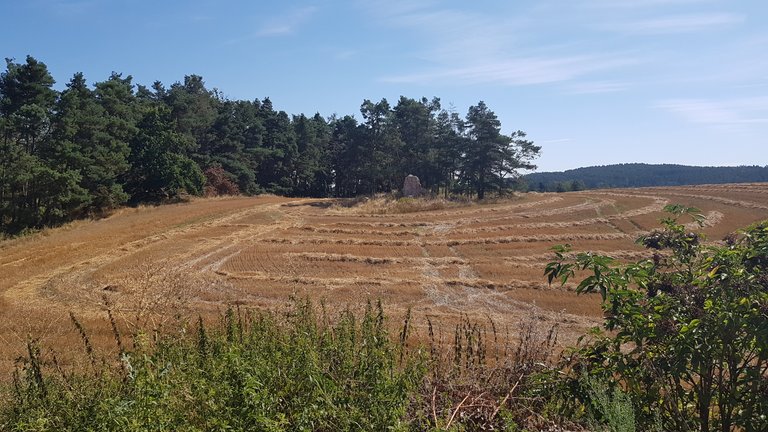
Ufologists are always talking about mysterious crop circles. Wouldn't straw circles be enough? I know they're left over from the combine. But if you're looking for a mystery or a conspiracy, there's always something.

And here, of course, he will sacrifice himself to the water deities.
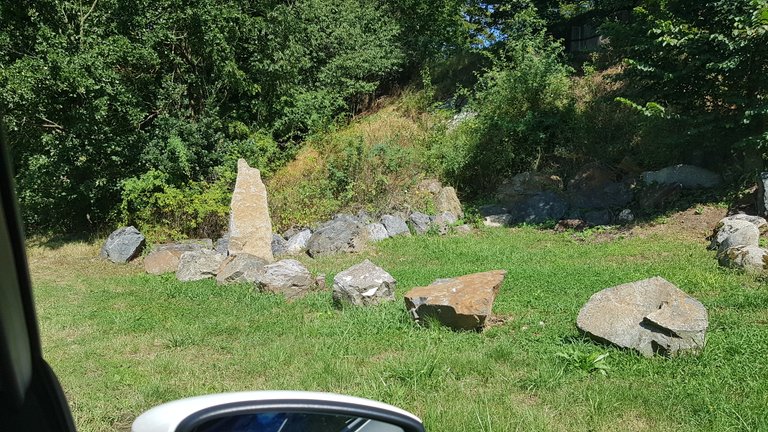
I took about a tenth of what I saw here. And I'm posting here about a tenth of what I took. I walked among the upright and variously stacked stones for about two hours. I didn't see nearly everything.
As I drove in and out, I saw more and more groups of stones. I took a picture of this group from the window. (My wife was driving, I should note.) I'll probably look again in a few years. I'm curious to see what will be newly built here.
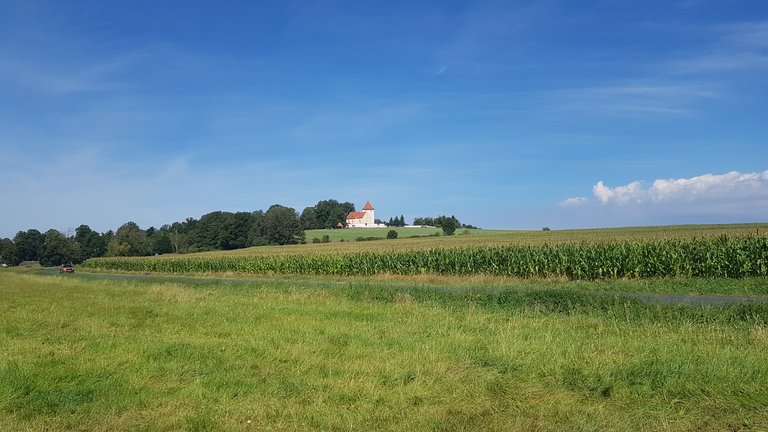
After all, if there were no Celtic buildings here, it would be just as beautiful here.
I'm sorry that my English is so poor that I prefer to translate using Deepl.com. I hope that if you find my text difficult to read, at least you will enjoy the photos.
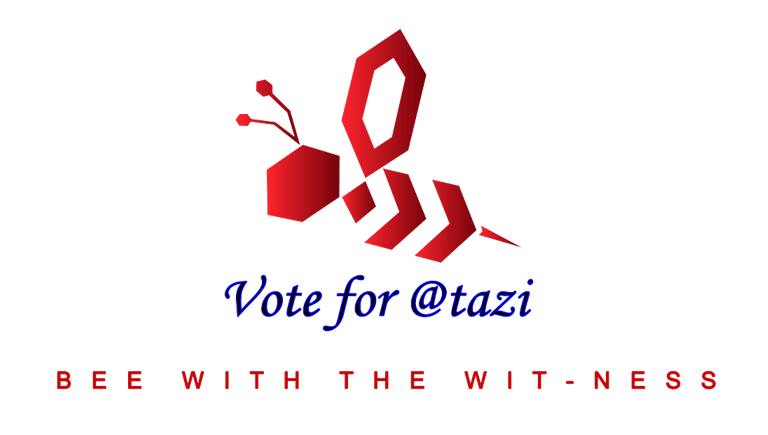
Keltové u Ptenína
Keltové (Galové) u nás, v České republice, opravdu žili asi mezi lety 400 až 1 před Kristem. Naše země po jednom z Keltských kmenů, Bójích, dostala i jméno Boiohemia, Bohemia.
Koncovka -hem/-ham znamenala v keltské řeči domov. (Home, Birmingham, Mannheim například).
Fotografie jsem pořídil v obci Ptenín, asi 30 km od německých hranic, respektive od bavorských hranic. Bavaria - Boioavaria. To znamená místo, kam přišli Bóiové.
Měl jsem tu v blízkosti nějaké vyřizování. Zbývalo mi trochu času. Podíval jsem se na mapu a tohle místo mě zaujalo. Moje rodina odtud pochází. Jak to, že o těch hromadách menhirů, dolmanů a cromlechů vůbec nic nevím?
Nechci nikoho mystifikovat. Samozřejmě, že se nejedná o starověké památky. Podle průvodce si tu "hrají" posledních několik let tři kamarádi s těžkou technikou a množstvím kamenů z okolí. A tito lidé dostali nápad vybudovat "něco keltského".
Kdyby toto byly pravé keltské památky, asi bych se prodíral zástupy turistů. Takhle jsme se tu sešli asi dva turisté.
Nemyslím si, že by místo bylo méně fotogenické, nebo méně zajímavé, protože je nové. Možná naopak. Proč jeskyně? Asi ideální místo pro obětování bohům země.
Jako mladý jsem chtěl být archeologem. Nevyšlo to. Ale když jsem chtěl hroby zkoumat, tak jsem chtěl také umět hroby udělat. A opravdu, jednou se mi podařilo pomáhat hrobníkovi s kopáním hrobu. Zajímavá zkušenost.
A kdybych chtěl zkoumat svatyně a posvátná místa, nebylo by asi zbytečné zkusit je sám vybudovat. Nebo se alespoň dívat, proč a jak je vybudoval někdo jiný.
Močál. Vlhké místo. Že by se tu přinášely oběti bohům podsvětí? A co by tohle mohlo být? Strážní stanoviště pro celé obětiště? Ale kdepak! Tady by se určitě mělo obětovat větru! Vidím obětní kámen. Určitě by to nebyla zápalná oběť. Tu by vítr roznesl a zapálil celý okres. Asi by to nebyly ani žádné plodiny. Tenhle způsob setby nní ideální. Asi krvavá oběť.
Ufologové stále mluví o záhadných kruzích v obilí. Nestačily by slaměné kruhy? Vím, že jsou to zbytky po kombajnu. Ale pokud hledáte záhadu nebo konspiraci, vždycky se něco najde.
A zde se samozřejmě obětuje vodním božstvům...
Vyfotil jsem si asi desetinu toho, co jsem viděl. A zveřejňuji asi desetinu toho, co jsem vyfotil. Mezi vzpřímenými a různě poskládanými kameny jsem se procházel asi dvě hodiny. A určitě jsem neviděl zdaleka všechno...
Jak jsem přijížděl a odjížděl, viděl jsem další a další skupiny kamenů. Tuhle skupinu jsem třeba vyfotil jen z okénka našeho auta. (Podotýkám, že řídila moje žena.)
Asi se sem za pár let podívám znovu. Jsem zvědavý, co zde bude nově postaveno.
Koneckonců, kdyby tu nebyly keltské stavby, bylo by tu stejně krásně.
Je mi líto, že moje angličtina je tak mizerná, že raději překládám pomocí Deepl.com. Doufám, že pokud se Vám špatně čte můj text, alespoň Vás potěší fotografie.




